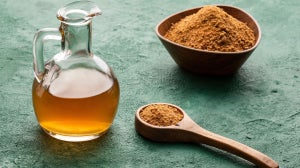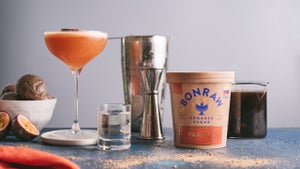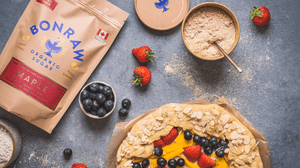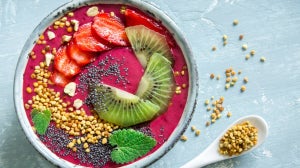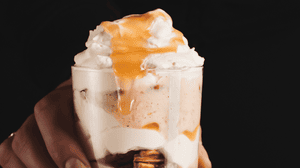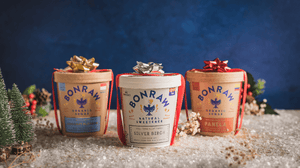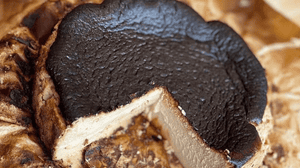
Colombian Travels
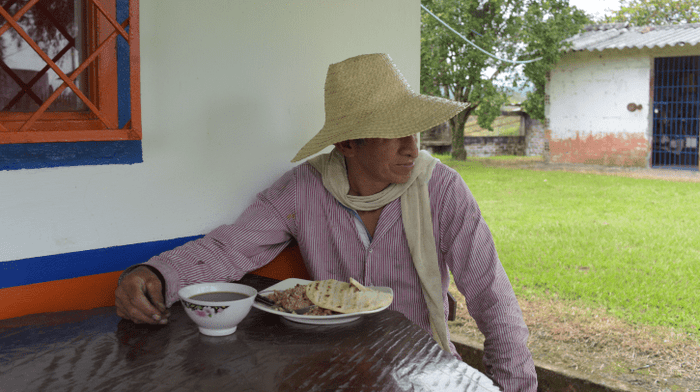
If you’ve ever visited Colombia and found yourself sipping from a glass of Aguapanela, you were tasting a little piece of history. Colombia’s Panela roots are more than 500 years old, and the traditions around it have been preserved and remain mostly unchanged today.
These traditions were built in Colombia, and that’s why it’s more commonly known as Colombian Panela. The past, present, and future of Panela in the West are deeply linked to the history of its beautiful country.
Panela is loved by Colombians, so much so that Panela consumption in Colombia amounts to more than 30 kilos per year, per person. While Panela doesn’t currently receive the same treatment in Europe and the United States, the promising future it has is a credit to its history.
Colombian Panela: Past
Much like all sugar in Latin America, sugarcane arrived in Colombia with the Spanish conquest more than 500 years ago. Then from 1538 onwards, the production of sugarcane expanded throughout Colombia, quickly becoming an important part of the country’s culture and traditions.
The colonization of America required labourers to work the land. Their first option was the indigenous, but deaths due to the weather and diseases in the tropics were relentless, so the settlers decided to bring in labourers from Africa. Father Alonso de Sandoval described the transportation of those people: they endured a long journey while being chained and poorly fed. Once they arrived on land they were sold as slaves. This is a very dark part of Panela’s history and it’s important that we don’t erase it, instead, we continue to ensure that the present doesn’t in any way resemble the inhumane attitudes of the past.
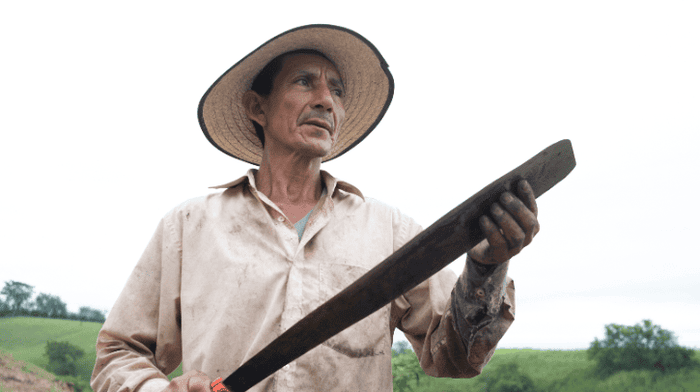
The main product derived from sugar cane is Panela, and the methods of producing it were brought to Colombia from India, where it was developed as early as 510 BC. Panela is made by hand-cutting sugarcane using machetes it is then transported to a mill to be crushed, and then kettle cooked. The sugarcane juice is then heated over a low fire and stoked by the dried sugarcane stalks from the last harvest. Over a gradual cooling process, the sugarcane juice turns into a thick syrup. It’s then poured into moulds and cooled leading it to eventually harden.
Most other sugar production has been infiltrated by industrial collection and refining, but today’s Panela production looks almost exactly as it did in the 16th century.
Colombian Panela: The Present
Today, Colombian Panela is still a much-loved part of the Colombian diet, culture, and traditions. The traditional methods of production remain the same, it’s still harvested by hand and produced in small mills by members of the rural communities. And of course, it’s still the primary sweetener used in Colombian foods and beverages.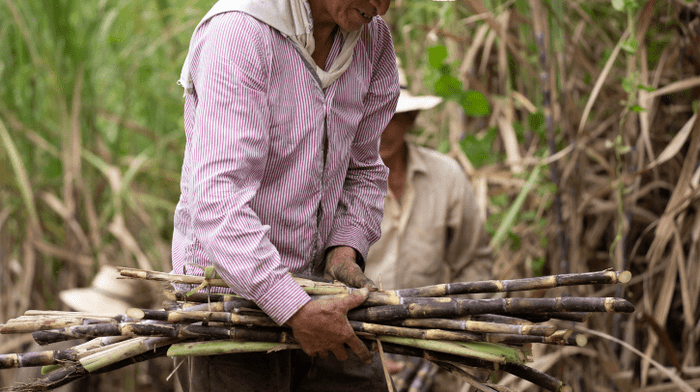
Not only is Colombia the world’s number one consumer of Panela, but it’s also the second-largest producer. Accounting for over 6% of the national GDP, producing Panela involves more than 350,000 workers, 240,000 hectares of land, 25 million work days, and 12% of the population living in rural areas. For farming and rural communities in Colombia, Panela is a critical source of income and an essential part of the local economy.
While the production of Panela continues to be an important part of Colombia’s economy, it’s reported that artificial products made to replicate Panela by large food manufacturers are displacing the consumption of traditional Panela by 60%. This threatens the livelihoods of rural producers and the traditions that Colombia has protected for hundreds of years.
Despite this, Panelero farmers are fighting back with a strike that took place in July 2022, in an effort to defend the traditional products and the families that depend on them. They are also hoping that with the upcoming instalment of a new government, traditional products will be favoured over the profits of large soft drink companies.
Colombian Panela: The Future
Despite the current challenges that present themselves, the future of Colombian Panela is looking brighter. Western consumers are becoming more health and environmentally conscious and therefore are seeking out unrefined cane sugar products like Panela. This is because they offer an organic, sustainable, and flavourful alternative to refined supermarket sugars.
In 2018, Mayorga claimed that by 2022 Panela exports would rise from 4,000 to 18,000 tons, with Europe and the United States being largely responsible for that increase. There is currently no figure that supports Mayorga’s prediction from 4 years ago.
However, this is still a promising opportunity for sugarcane farmers and Panela producers in Colombia. As the demand for their product grows outside of their borders, so too does their quality of life. The Colombian government now distinguishes Panela as a food product rather than a sweetener, this signifies the importance of Panela to the economic development in rural regions of the country.
Taste a Little Part of Colombian Sugar History with Bonraw.
The history of Colombian Panela starts with the Spanish Conquest when it was brought across the pond. Its production vastly impacted the land, culture, and traditions of the region. Today, Panela remains as important to Colombia.
Produced in the same way and enjoyed in even more foods and beverages, Panela is a sacred piece of the past that’s playing an important role in Colombia’s future. For your own taste of that history and for the future of your culinary journey – try a free sample of BONRAW’S Organic Panela.
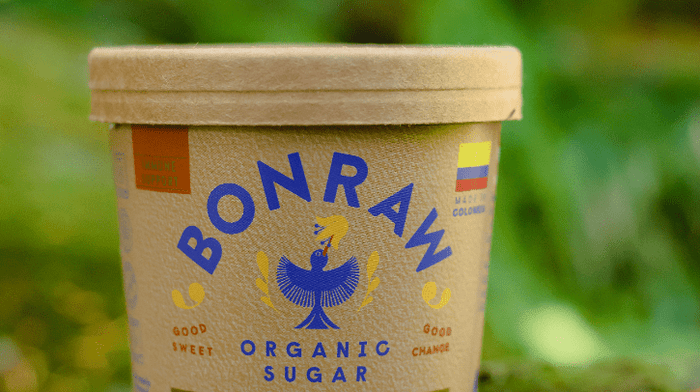

Related Articles
